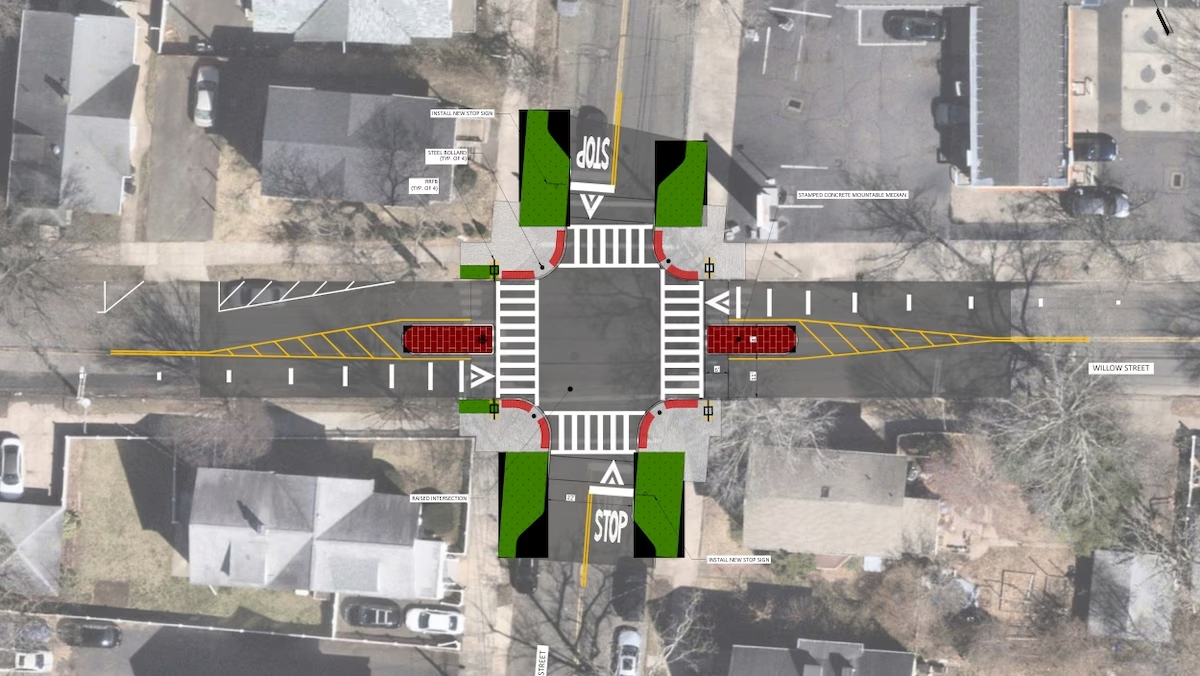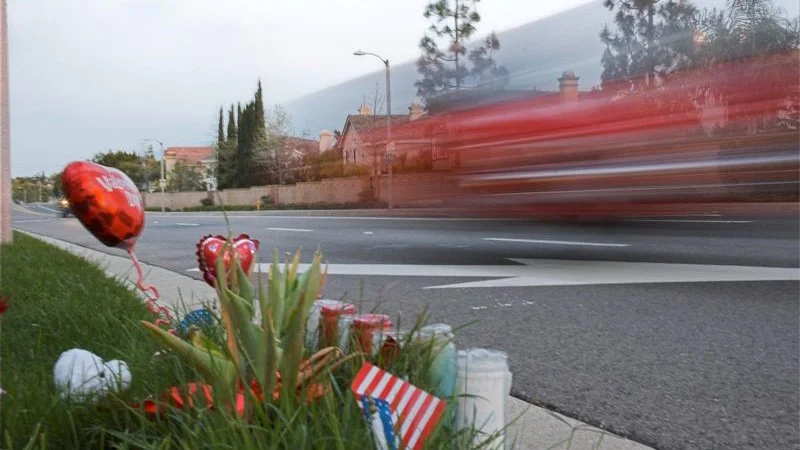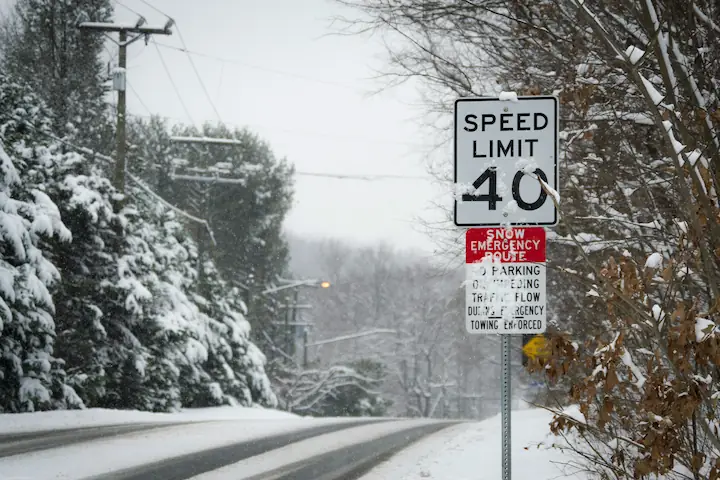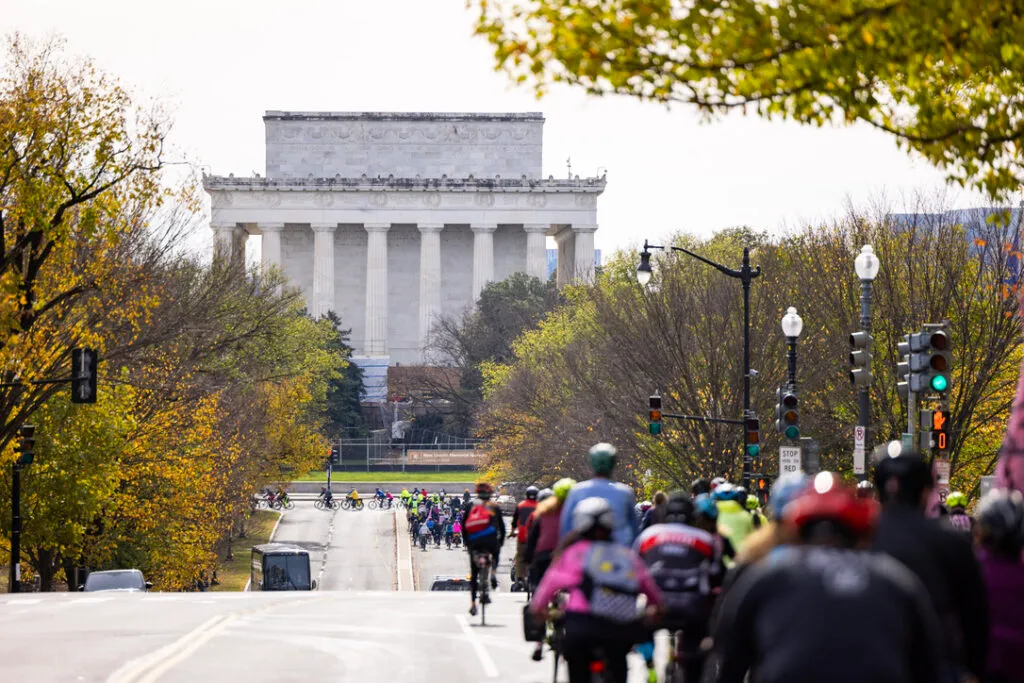Editor's Note: The challenges our cities face are growing, but so is the strength of this movement. Every story we share, every idea we spread, and every tool we build exists because people like you are committed to showing up. Your membership isn’t passive—it’s the momentum that makes change possible.
For years, neighbors have worried about the Willow and Nicoll intersection in New Haven, Connecticut. Crashes were extremely common, crossings felt unsafe, and the community longed for change. Now, thanks to persistent local advocacy and city leadership willing to listen, that change is finally coming.
Earlier this week, Alder Caroline Tanbee Smith announced online that the city engineering department had finalized plans to redesign the dangerous intersection. The redesign includes:
- A fully raised intersection with mountable concrete medians
- Sidewalk bump-outs with steel bollards on corners
- Pedestrian lights and clearer markings.
Community members played a critical role in this victory. Over 200 residents signed a petition asking for a redesign, and members of the city’s Local Conversation, Stronger Haven, conducted a Crash Analysis Studio to identify ways the city could make the area safer quickly and cheaply. Their ideas — from narrowing lanes to increasing the visibility of signs — made it into the final design.
This intersection redesign is a great example of combining thoughtful engineering with community input. Alder Tanbee Smith’s participation — pushing for safety interventions throughout her term and participating in the local Crash Analysis Studio — shows how officials can partner with residents to solve real problems.
The project is scheduled to be completed during the first half of 2026. Residents don’t have to wait until then to have a safer street, though. The city can use temporary materials to narrow the travel lanes and increase visibility today.
City officials can also adopt this kind of analysis and redesign as standard practice. One way to do this is to create a checklist of safety enhancements to be included in all future repaving projects. Rochester, New York, did this after its own residents conducted a Crash Analysis Studio. The county that Rochester falls within also created a first-in-state Community Traffic Safety Team focused on identifying dangerous streets and recommending safety interventions. This kind of proactive analysis lets cities make their streets safer before dozens of crashes occur.
With small, smart, and collaborative steps, New Haven can make streets safer for everyone and become a model for other cities to emulate. Thanks to the efforts of dedicated advocates and officials, it’s already well on its way.
Click here to learn how to conduct your own Crash Analysis Studio. If you’d like to get involved locally, click here to find a Local Conversation near you.





